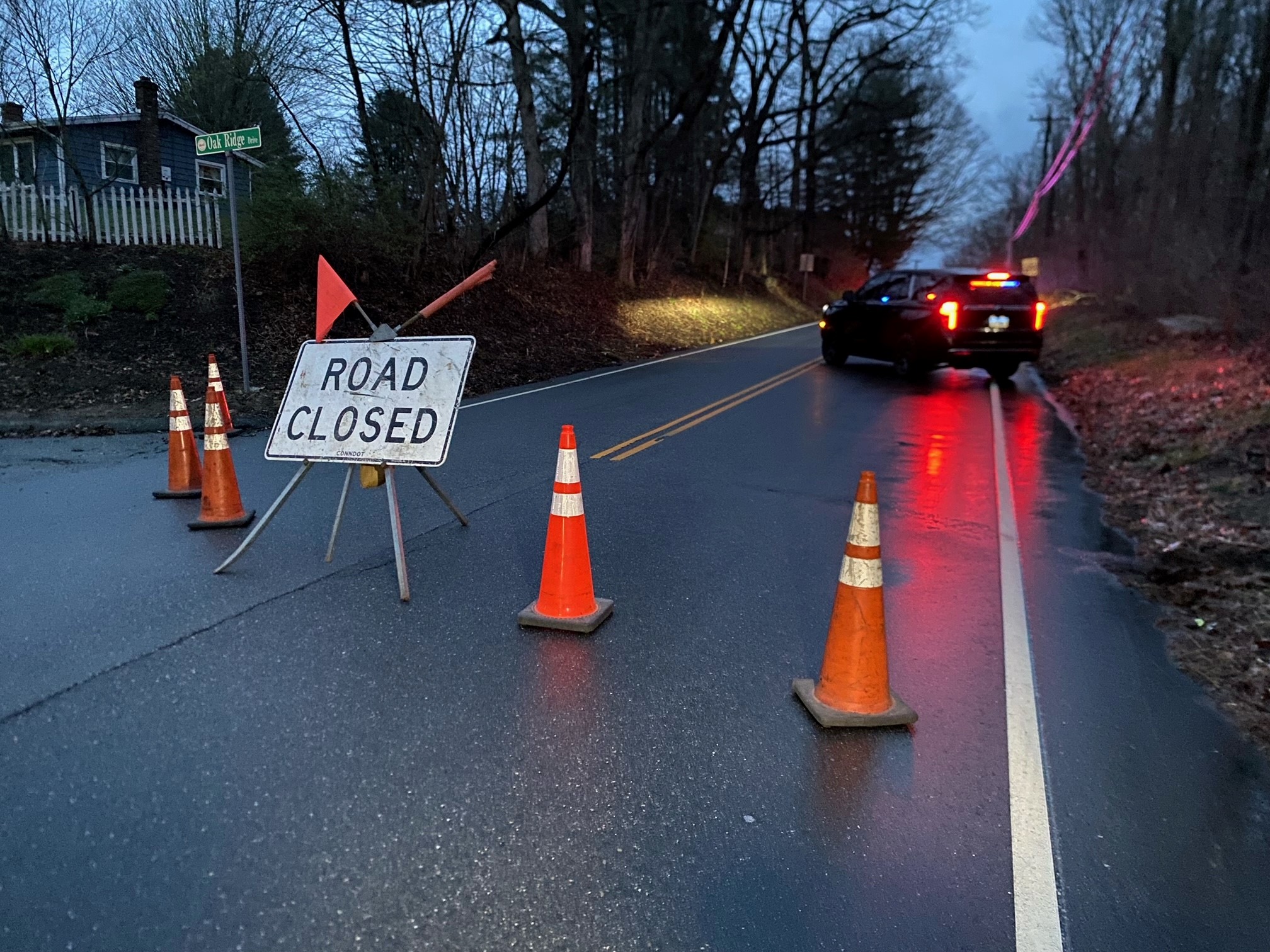As doctors on the front-line continue to fight the novel coronavirus, one thing is clear: there are not enough ventilators.
Ventilators, according to Dr. Saud Anwar, are used to help COVID-19 patients breathe when the disease is preventing them from breathing on their own. Anwar said that it is possible to treat patients with high-flow oxygen and position changes.
"But, after that, when we run out of options, then we need ventilators," explained Anwar.
States across the country, including Connecticut, have been scrambling to find more ventilators.
Anwar, who is a pulmonary critical care specialist at Manchester Memorial Hospital and a Connecticut state senator, said that his team is managing with the equipment that they have right now, but he is concerned about the increasing number of cases.
"If you do the math, there was no way that any hospital or any hospital in any country in the world would be able to manage the critically ill patients," said Anwar.
The same thought was on Kevin Dyer's mind after he read an article about lack of ventilators to help patients in New York City. Dyer owns Interpro 3D Printing in Deep River. He reached out to a group of doctors to see if there was a way that he could 3D print a device to enhance ventilator capacity.
Local
"If we could 3D print something that would make it simple and fast to be able to attach multiple lines to a ventilator, the idea is there, but this could maybe facilitate it and we could make it wildly available," said Dyer.
Anwar was one of the doctors that Dyer got in touch with and Anwar immediately expressed interest. He said that he was already working on a similar idea at the hospital.
Dyer then reached out to the engineering community to find someone willing to create a design for the device. Robert Conley, a Lebanon-based mechanical design engineer, jumped on board, creating designs that would usually take six months in only a matter of days.
Less than a week after the team started working together, their 3D ventilator quad splitter was able to connect seven artificial lungs to one ventilator.
The splitter has four prongs, which then can be split two more ways. The hoses all filter in to the one device. It is a simple design that is now posted online for free.
"It had to be simple because I wanted anybody in the world with a 3D printer to be able to print this out," said Conley.
Dyer said that the splitter is not a "cure-all," and he has heard some doctors raise concerns about patients sharing airflow, but, with more patients getting sick, Dyer's team wanted to make sure doctors had the tool if needed. He said that the doctors will decide on a case-by-case basis if it is appropriate to connect more than one patient to a ventilator.
"We have to try and save as many people as we can and at least have all of the tools available to us," said Anwar.
Anwar said he has already treated quite a few COVID-19 patients. He said it is physically and emotionally tough. He said that having a tool like the splitter is a glimmer of hope in a dire situation.
"Even when you have one-to-one ventilator, the success rate is very poor, but if there is no ventilator the success rate is zero in that situation when they reach that point," said Anwar. "And so that is why it is important to use whatever tool we can create to help out."
Anwar made a video explaining how to use the device. You can watch that here. The design is posted online, here, available for free download.



